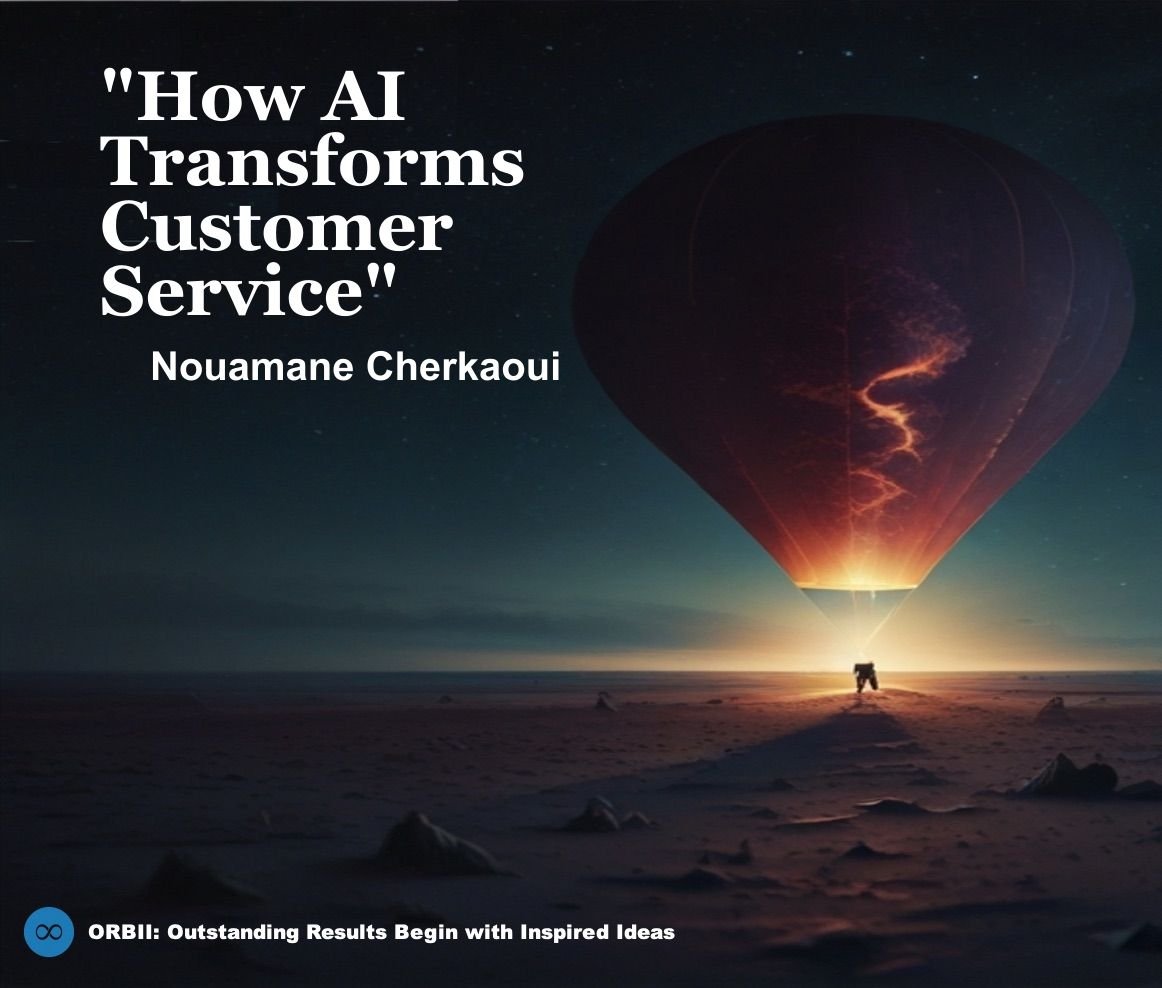How AI Transforms Customer Service
Artificial intelligence (AI) refers to machines capable of simulating human thinking and behavior. Key components of conversational AI, such as chatbots, rely on technologies like natural language processing, machine learning, and cognitive computing, all of which can significantly enhance your customer service strategies.
Robots collaborating with human agents: this is how AI fits into customer service. While the agent interacts with the customer, a bot assists them by offering more effective solutions. The latest studies show that up to 300 million full-time jobs worldwide could be partially or fully automated thanks to the emergence of generative AI. Among the sectors where the impact of AI will be most visible are agent augmentation and support automation.
Alexa is already a reality, as is AI and its many fascinating applications in customer service. Some notable possibilities include:
- AI augmentation of human agents,
- Email inquiry management,
- Support call optimization,
- Automated appointment scheduling,
- Visual recognition assistance.
Before exploring these use cases, it is essential to understand what AI represents in customer service.
AI in customer service involves utilizing artificial intelligence to optimize and elevate the quality of customer interactions. Businesses implement AI technologies to streamline and enhance various tasks related to customer support. This is achieved through solutions such as:
- AI-driven self-service
- Sentiment analysis tools
- Predictive analytics
- Natural language processing (NLP)
- AI-assisted agent support
These tools enable organizations to automate processes and offer more personalized, efficient customer experiences.
Key Benefits of AI in Customer Service
Customer service plays a vital role in creating positive customer experiences. The integration of AI into customer support opens up exciting opportunities to enhance the experience even further. By leveraging AI, businesses and support teams can:
-
Handle large volumes of data without limits: AI rapidly analyzes vast amounts of customer data, allowing businesses to uncover valuable insights that might otherwise go unnoticed. With AI's analytical capabilities, you can extract data from isolated customer touchpoints, convert raw information into actionable insights, and detect patterns in customer behavior, market trends, and recurring issues.
-
Hyper-personalize customer experiences: AI helps create individualized customer profiles by consolidating structured and unstructured data from various touchpoints. Brands can use these profiles for targeted marketing, sales, and support, delivering hyper-personalized offerings that make customers feel recognized and valued.
-
Reduce Average Handling Times (AHT): Implementing AI solutions like chatbots and voice biometrics can streamline customer interactions, reducing average handling time (AHT). Chatbots provide instant responses, while voice biometrics speed up user verification, leading to faster issue resolution.
-
Improve cost-efficiency: AI enhances cost-efficiency by automating tasks and identifying areas for improvement, optimizing operations, and increasing returns on investment.
-
Simplify support & enhance quality: AI-driven quality management simplifies performance tracking by offering detailed insights into team and agent effectiveness. AI-powered dashboards allow businesses to monitor service metrics, evaluate agent performance, and provide personalized coaching, fostering a culture of continuous improvement.
AI Transforming Customer Service Globally
Here are some examples of AI reshaping customer service globally:
-
Sephora's AI-Driven Virtual Assistant
Beauty brand Sephora has integrated AI into their customer service through the Sephora Virtual Artist. This AI tool allows customers to try on makeup virtually, using augmented reality (AR) and AI to offer personalized recommendations based on facial recognition. By using AI, Sephora enhances the shopping experience, helping customers make informed purchasing decisions online. -
Amazon's AI-Powered Customer Service
Amazon uses AI extensively to enhance its customer service. The Alexa voice assistant and AI-powered chatbots handle millions of inquiries daily, offering quick resolutions to common problems like order status, tracking information, and product questions. With machine learning algorithms, Amazon provides personalized product recommendations and proactively solves issues before customers even report them. -
Bank of America's AI Chatbot "Erica"
Bank of America introduced Erica, an AI chatbot, to assist with banking needs. Erica helps customers with tasks such as tracking spending, checking balances, and even providing personalized financial advice. The AI engine behind Erica uses natural language processing (NLP) to interact conversationally, improving the efficiency of customer service while making financial management easier for users. -
Vodafone's AI Chatbot "TOBi"
Vodafone uses TOBi, an AI-powered chatbot, to manage customer inquiries related to mobile services. TOBi handles tasks like troubleshooting, plan changes, and account management, reducing wait times and increasing customer satisfaction. The chatbot integrates with human agents for more complex issues, providing seamless transitions for enhanced support. -
Uber's AI-Powered Support
Uber utilizes AI for driver and rider support, using machine learning models to predict and prevent issues such as cancellations and trip delays. Uber's AI-driven systems automatically resolve common problems, such as refunds or ride reassignments, significantly reducing manual interventions and improving customer satisfaction.
These examples show how AI is reshaping customer service across industries, making support faster, more personalized, and more efficient globally. Companies are increasingly prioritizing customer experience as a key competitive differentiator. The evolution of customer support processes and the integration of AI-based solutions will become essential to maintain service relevance, keep the customer at the center, and succeed in business in the digital age.
Licence: This article is published under the MIT Licence.



